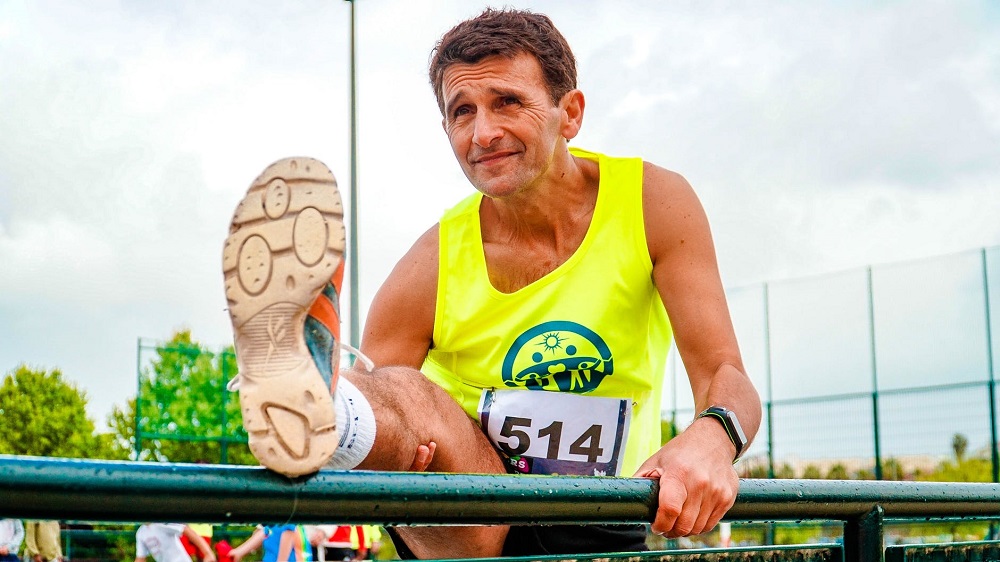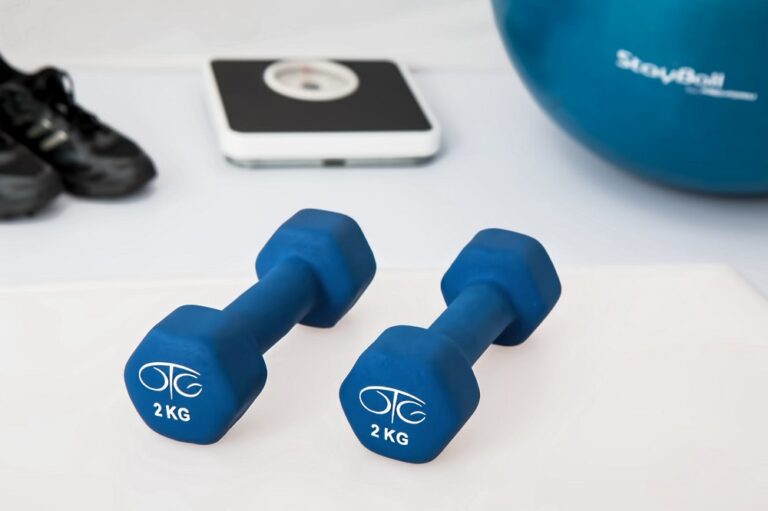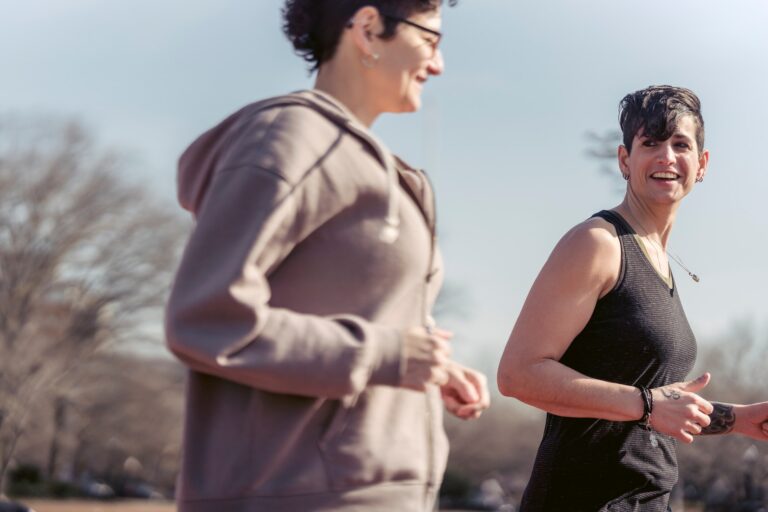Allograft choice for ACL reconstruction
An allograft is one of several types of grafts that can be used to reconstruct a torn anterior cruciate ligament (ACL).
An allograft is tissue harvested from a human donor.
There are many allograft (cadaver, or donor) tendons available for use in ACL reconstruction. The same tendons used as autografts can be used as allografts, as well as larger tendons that cannot be sacrificed as autografts, such as the Achilles, tibialis posterior, tibialis anterior and peroneus longus tendons.
—– Learn more about the other types of grafts here —–
In the vast majority of allograft tendons harvested for ACL reconstruction, this involves a cadaver (deceased donor). In some parts of the world such as Australia, live donor (parent to child) tendon harvest has been shown to be successful in young patients under the age of 18, particularly with open growth plates. However, this is not something that is offered in Canada.
At Banff Sport Medicine, we receive our allograft tendons from the Southern Alberta Tissue Program in Calgary and the Comprehensive Tissue Centre in Edmonton. Both of these tissue banks are accredited by the American Association of Tissue Banks. For hospitals in Alberta, tissue is provided at no cost, although an expensive freezer is required for storage.
Are allograft tendons safe?
With any type of allograft tissue implantation there will always be concerns about infectious disease transmission, immunogenic response, and biologic incorporation (how well the tissue is remodeled and absorbed).
The risk of infectious disease transmission with modern donor screening techniques is extremely rare. For example, the risk of HIV transmission is approximately 1/1.6 million.

The donors are screened with blood tests for HIV (AIDS), Hepatitis B and C and syphilis. The tissue itself is also swabbed for bacterial testing before it is processed.
The tendons are harvested in a sterile manner and then cleaned and frozen to -80 C. At this temperature, they can be safely stored for up to 5 years. Deep freezing has been shown to significantly decrease the risk of allograft tissue rejection.
In the past, allograft tissues were irradiated to completely sterilize them of viruses and bacteria, but many studies have shown that this can significantly weaken the tissue, resulting in unacceptable surgical results. Irradiation is not used in Alberta tissue banks, but with careful donor screening the risk of infectious disease transmission has been shown to be extremely low.
With regard to age of donors, the most recent study published in 2014 showed that there is no significant association between donor age and tendon strength, even in the age group of 70-79. However, this is still a somewhat controversial issue.
With regard to an immunogenic response to allograft tissue, there is no compelling evidence in the literature to support the notion of outright rejection of this tissue after implantation. There have been isolated case reports of low grade inflammatory reactions to fresh frozen allograft tissue in humans after ACL reconstruction but this has not been confirmed by animal studies.

All tendon grafts, whether allograft or autograft, undergo a similar biologic incorporation process (ligamentization). Animal studies and human biopsy studies of ACL grafts show that over time, the graft begins to look more like a ligament than a tendon histologically (under the microscope), but never attains the exact same structure of a normal ACL. As well, animal studies show that the ACL graft never attains more than 60% of the strength of a normal ACL. This type of strength testing is not possible in humans, so we don’t know how strong the ACL graft eventually becomes, but the overall process takes about 2 years.
With regard to allograft tendons, animal studies show that the ligamentization process is delayed compared to autografts, especially between 3 and 6 months post-operative and that the strength of these grafts is less than that of autografts at 6 months post-operative. There are no such human studies to confirm this.
However, there are numerous clinical studies comparing the outcome of allografts vs autografts for ACL reconstruction in humans.
What these studies consistently show is that patients below the age of 35-40 experience a significantly higher rate of graft failure and most studies show no overall difference in most outcome measures in patients over that age.

Hence, allografts may be recommended for those patients over the age of 40 who are not involved in high risk sports such as soccer, rugby, football, basketball and aggressive downhill skiing.
Many of my over 40 allograft patients believe that they lead a “physically demanding lifestyle”, but this most often involves lower risk sports such as recreational skiing, tennis, golf, cycling, climbing, hiking and running – these patients do very well with allograft and should not shy away from it because they think they are “too active”.
Advantages of allografts
The main advantage of using allograft tendons for ACL reconstruction is that a tendon does not have to be harvested from the patient, so there is no donor site morbidity (complications from harvesting the graft).

There will still be pain from drilling bone tunnels in the tibia and femur as with any type of ACL reconstruction, but studies confirm that there is significantly less post-operative pain for up to 3 months when using allograft. This results in a faster short-term recovery with regard to coming off crutches, driving a vehicle and returning to desk/office work (1-2 weeks with allograft vs 3-4 weeks with autograft).
Theoretically, there may be faster recovery of muscle strength early on as well, although comparison studies show no significant difference at 2 years after surgery when comparing allograft to autograft.
Other advantages include a shorter operative time, a lower risk of wound infection as compared to hamstring autograft, and a graft that is of reliable size and strength. Allograft tendons are also a good option to consider for revision ACL reconstructive surgery and for augmenting hamstring tendon autografts that are too small (hybrid graft).
Disadvantages of allografts
Finally, a minor logistical disadvantage of using allograft tendons at our hospital is that the tissue is not always consistently available.
As previously mentioned, we do not have to pay for our allograft tendons, and the purchase of these tendons from other tissue banks is not built into our budget.
Therefore, we are limited to the supply of tissue available in Alberta and we do experience supply shortages intermittently, so if you have opted for an allograft tendon for your ACL reconstruction, the scheduling of your surgery may be delayed.
Contributing expert

Dr Greg Buchko, Orthopaedic Surgeon






